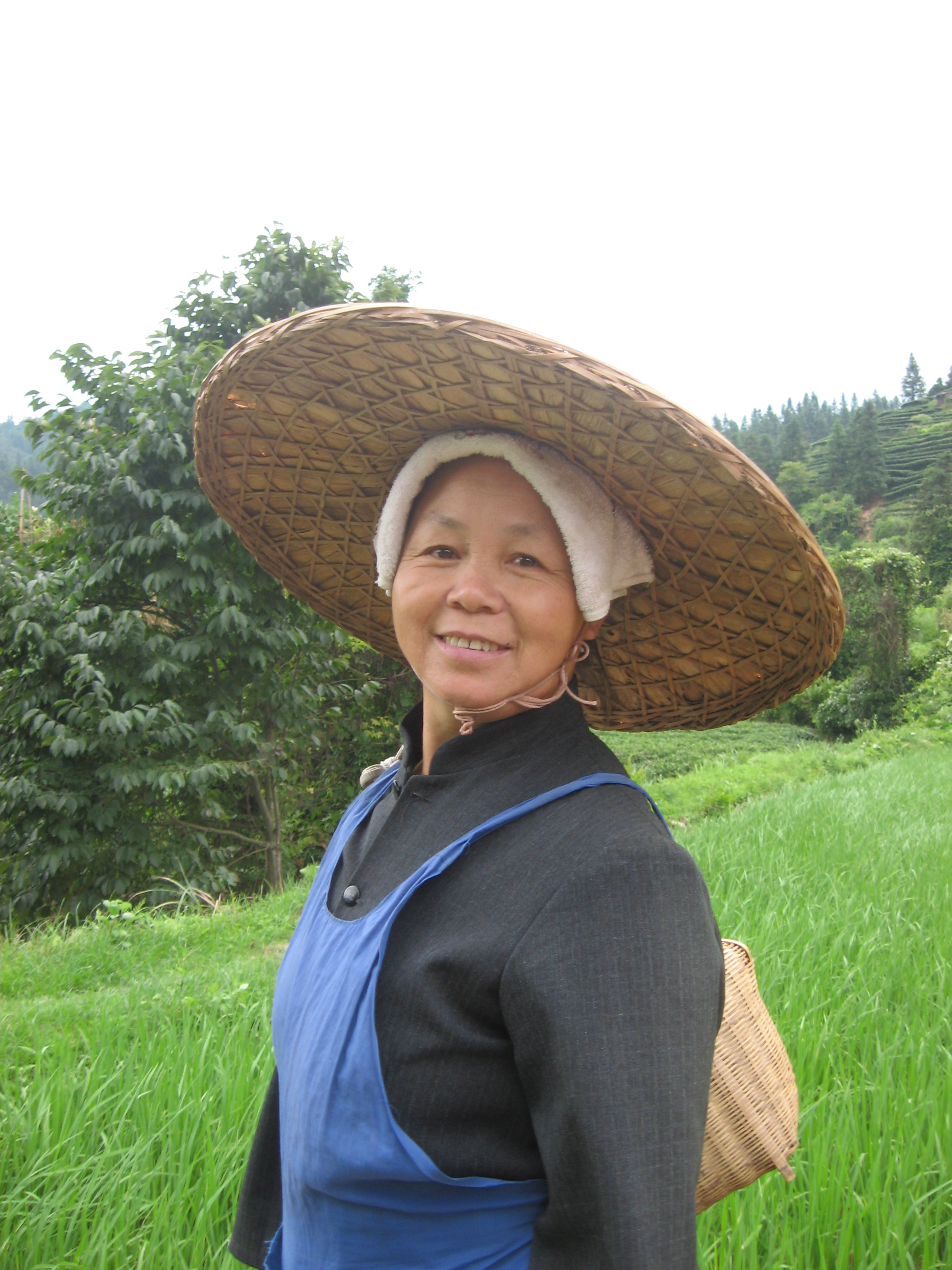Last summer I spent two weeks visiting students in Guangxi Autonomous Region in Southern China. My last stop was a few days in the home of my student from the Dong ethnic minority, in Sanjiang County. The Dong are one of the smallest minority groups in China, and they are known for their intricate wooden architecture and their picturesque villages tucked away in this mountainous corner of northern Guangxi, near the border of Guizhou, where tea is oil soup and bridges are art.



Adventurous backpackers pass through to admire the old covered wooden bridges and stunning drum towers.


Most villages are adjacent to a river, and in the Dong tradition, they have built covered wooden bridges to provide a breezy and shady spot for people to rest.



Each village also has a tall, triangular drum tower that served to warn the village of dangers. Nowadays most drum towers are communal spaces where old men play chess and take naps.



Sadly because the delightful Dong architecture is wooden, it is susceptible to fires and numerous recent fires have destroyed bridges, drum towers, and even whole villages, This particular village clinging to a steep mountain burned down a few years ago, and the villagers are currently rebuilding the whole village using the traditional style.


Instead of staying in a backpacker guesthouse, I was lucky to have the opportunity to stay in my student’s home in a village off the beaten backpacker path. I was roughing it on this trip, as we had to walk 20 minutes along a grassy path to fetch drinking water, and we washed our hair in the river.

Their wooden homes are lovely in photos, but exposed to the elements with open walls. Birds and wasps wander in and out, and I imagine it would be frigid when it snows in the winter.


My student’s parents and in-laws are farmers, picking green tea leaves as well as various fruits. This is my student’s mother-in-law. I stayed in her home.

Surprisingly when the locals keep some of the tea leaves for themselves, they don’t use the leaves to brew tea as a beverage. This region is so remote that common Chinese tea culture didn’t penetrate it. They grow tea here, but do their own thing with the leaves. They make soup out of it. The Dong use tea leaves to steep a green tea soup for breakfast. It’s simmered in oil before the water is added, so the name for the soup is “oil tea” – “you cha.”
These green tea leaves are drying on the 3rd floor of the family house.

First peanuts are fried in a wok.

The peanuts are removed. More oil is added to the wok, and next puffed rice is fried in the oil.


The puffed rice is removed and finally the green tea leaves are fried in oil. After a few minutes hot water is added so the leaves simmer into a soup.


To serve, the fried peanuts and puffed rice are dropped in a bowl, then topped with oily tea soup. It is eaten for breakfast alongside fried eggs and stir-fried dishes.





Leave a Reply